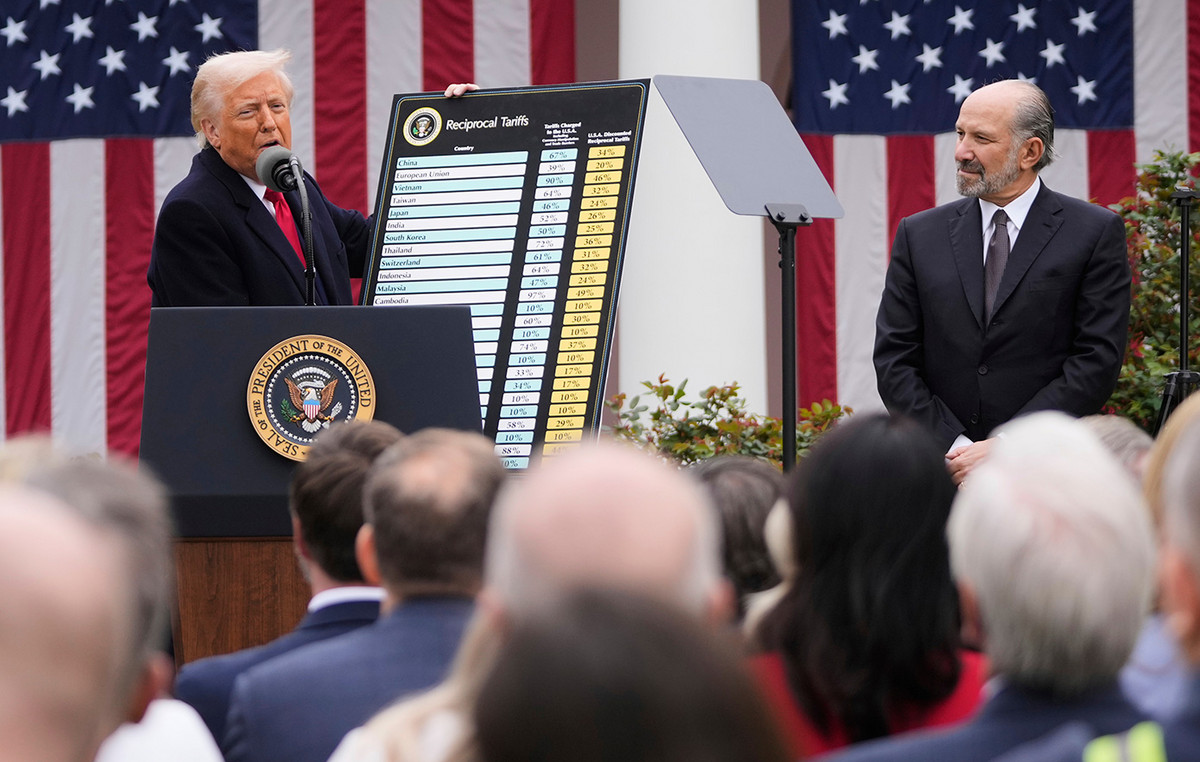- USD/MXN falls to three-week lows at 19.15.
- The US dollar is weakening in the currency market on expectations of a broader Fed rate cut.
- Mexico celebrates Independence Day today.
The USD/MXN has started the week by testing a three-week low at 19.15, although it has subsequently recovered ground and climbed to a daily high near 19.40. At the time of writing, the pair is trading above 19.25, gaining 0.23% on the day.
US Dollar Falls to Ten-Day Low Awaiting Fed
He US Dollar Index (DXY) loses ground for the third consecutive day, weighed down by growing market expectations of a 50 basis point Fed rate cut (bp) at its meeting on Wednesday, September 18. The greenback has fallen today to ten-day lows of 100.59, while the CME Group’s FedWatch tool increases the chances of a 50 bp cut to 61%, and places the chances of a 25 bp cut at 39%.
On the other hand, today it has been known in the USA September Empire Manufacturing Index, which has risen sharply to 11.5 points from -4.7 in August, improving on the -3.9 estimated by the market. This is the first time in ten months that the indicator has been in expansionary territory.
In Mexico, markets are closed for the Independence Day holiday, and no relevant data is expected until the private spending indicator for the second quarter of the year is published on Wednesday.
USD/MXN Price Levels
Although USD/MXN bullish trend continues on daily chart, pair continues downward pace on hourly chart. If the pair continues to fall, it will find strong support in the 19.00 area before breaking towards the 18.40/18.50 area, where the August lows are located. Below it is expected to reach the 18.24 level, the 100-period moving average on a daily chart.
On the upside, initial resistance is at 19.64, the 100-point moving average on the hourly chart. Above, the psychological zone of 20.00 and the September high recorded on the 5th at 20.15 await.
US Dollar FAQs
The United States Dollar (USD) is the official currency of the United States of America, and the de facto currency of a significant number of other countries where it is in circulation alongside local banknotes. As of 2022, it is the most traded currency in the world, accounting for over 88% of all global foreign exchange transactions, equivalent to an average of $6.6 trillion in daily transactions. Following World War II, the USD took over from the British Pound as the world’s reserve currency.
The single most important factor influencing the value of the US dollar is monetary policy, which is determined by the Federal Reserve (Fed). The Fed has two mandates: to achieve price stability (control inflation) and to promote full employment. Its main tool for achieving these two goals is to adjust interest rates. When prices rise too quickly and inflation exceeds the Fed’s 2% target, the Fed raises rates, which helps the dollar. When inflation falls below 2% or the unemployment rate is too high, the Fed can lower interest rates, which weighs on the dollar.
In extreme situations, the Federal Reserve can also print more dollars and enact quantitative easing (QE). QE is the process by which the Fed substantially increases the flow of credit in a jammed financial system. It is an unconventional policy measure used when credit has dried up because banks are not lending to each other (for fear of counterparty default). It is a last resort when simply lowering interest rates is unlikely to achieve the necessary result. It was the Fed’s weapon of choice to combat the credit crunch that occurred during the Great Financial Crisis of 2008. It involves the Fed printing more dollars and using them to buy US government bonds, primarily from financial institutions. QE typically leads to a weakening of the US dollar.
Quantitative tightening (QT) is the reverse process whereby the Federal Reserve stops buying bonds from financial institutions and does not reinvest the principal of maturing securities in new purchases. It is generally positive for the US dollar.
Source: Fx Street
I am Joshua Winder, a senior-level journalist and editor at World Stock Market. I specialize in covering news related to the stock market and economic trends. With more than 8 years of experience in this field, I have become an expert in financial reporting.







